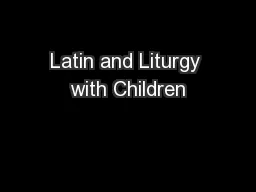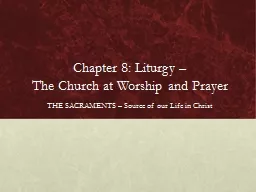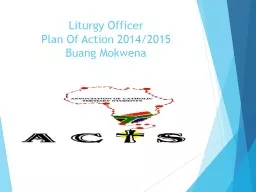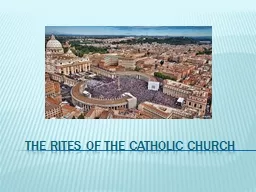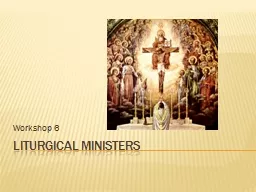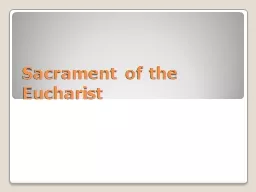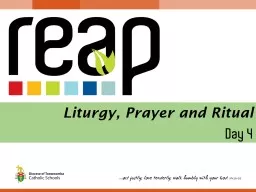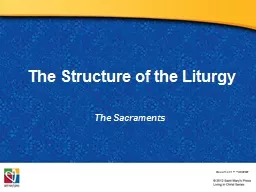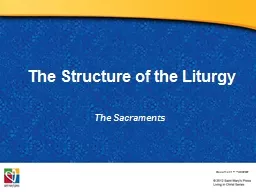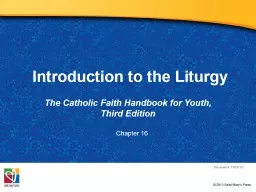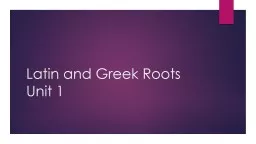PPT-Latin and Liturgy with Children
Author : stefany-barnette | Published Date : 2017-12-21
Rev Paul J Cain CCLE XIV Concordia Seminary St Louis Your Pastor Headmaster All Teachers All Staff All Students Who Ideally in your church the nave Sit in the pews
Presentation Embed Code
Download Presentation
Download Presentation The PPT/PDF document "Latin and Liturgy with Children" is the property of its rightful owner. Permission is granted to download and print the materials on this website for personal, non-commercial use only, and to display it on your personal computer provided you do not modify the materials and that you retain all copyright notices contained in the materials. By downloading content from our website, you accept the terms of this agreement.
Latin and Liturgy with Children: Transcript
Download Rules Of Document
"Latin and Liturgy with Children"The content belongs to its owner. You may download and print it for personal use, without modification, and keep all copyright notices. By downloading, you agree to these terms.
Related Documents

